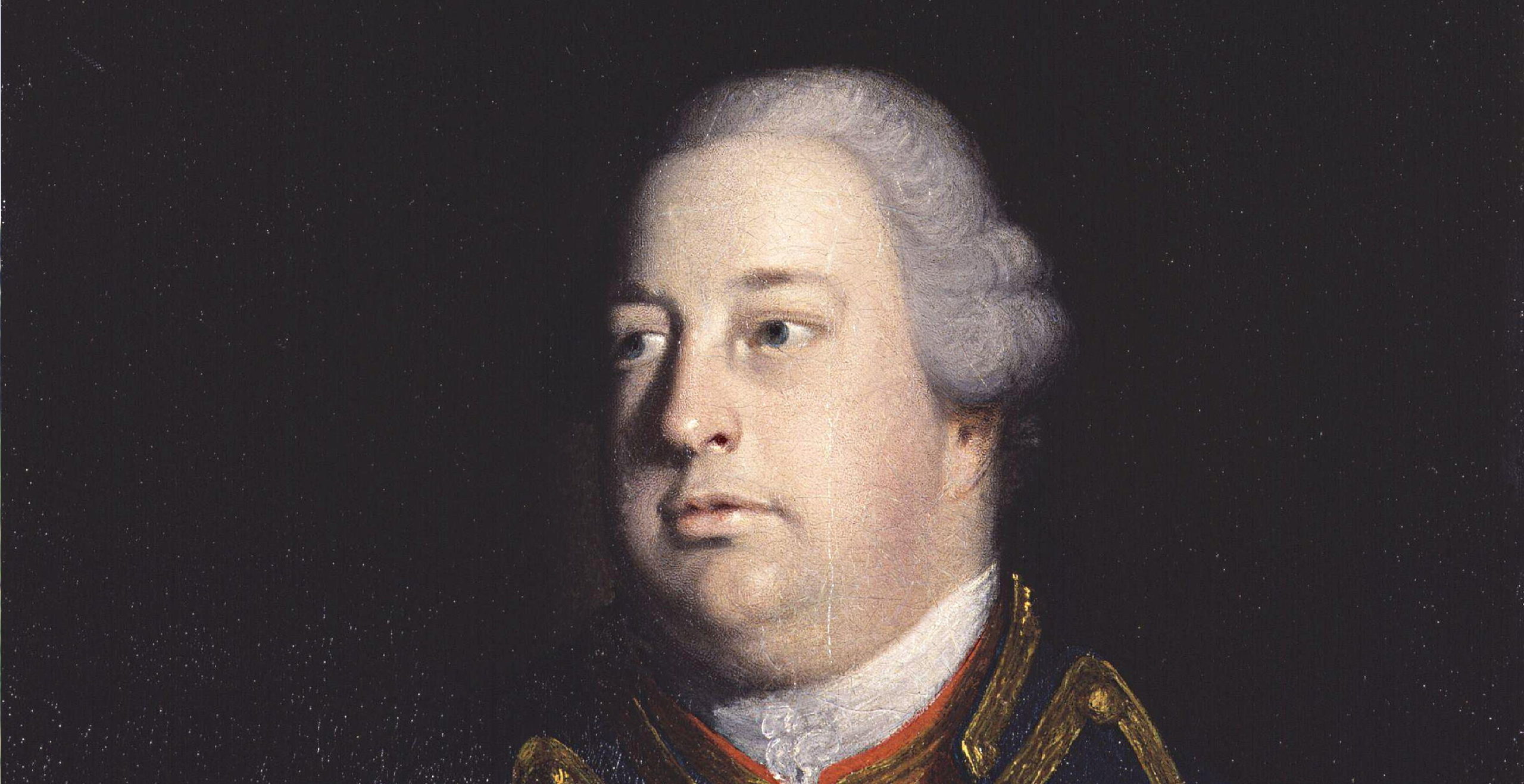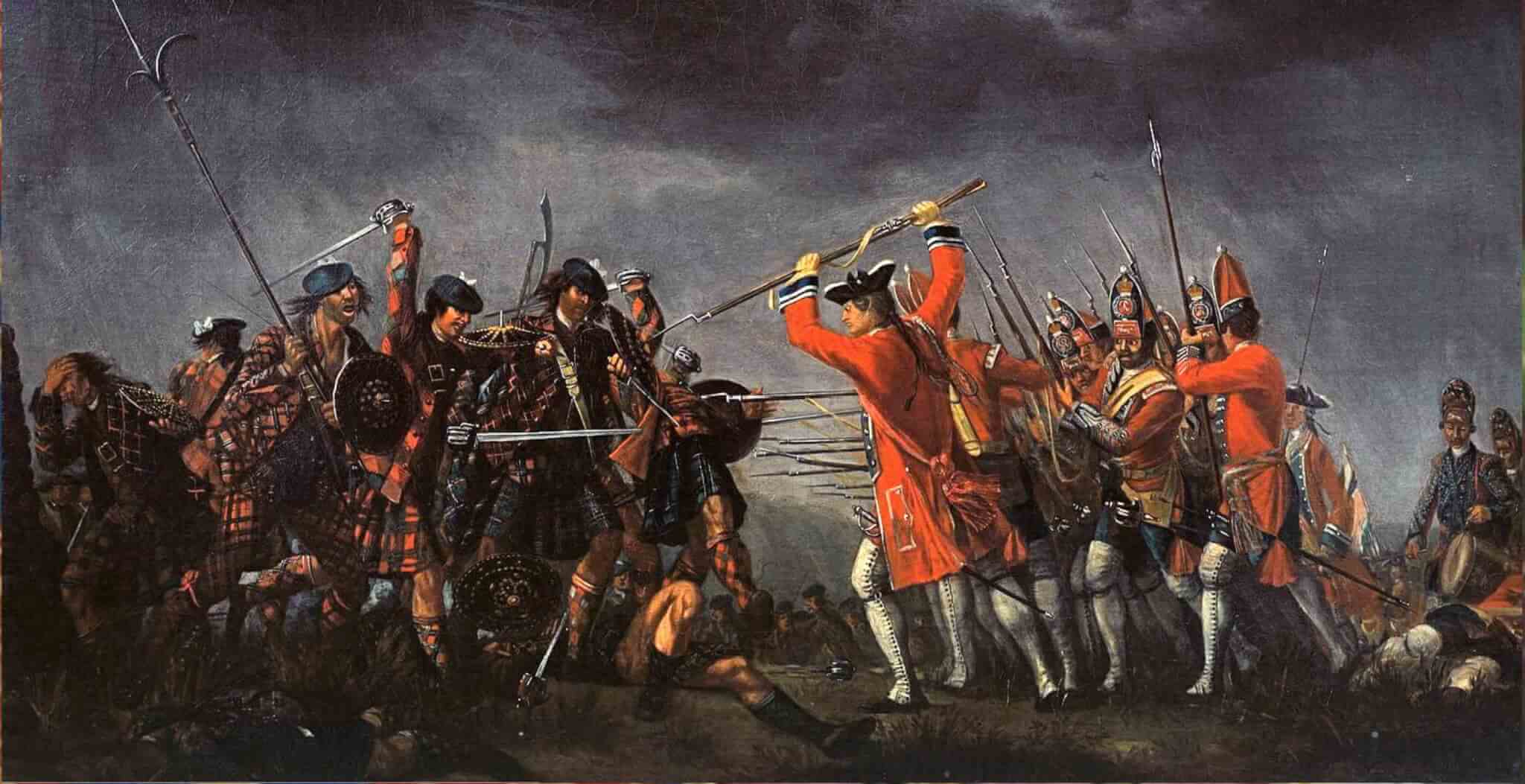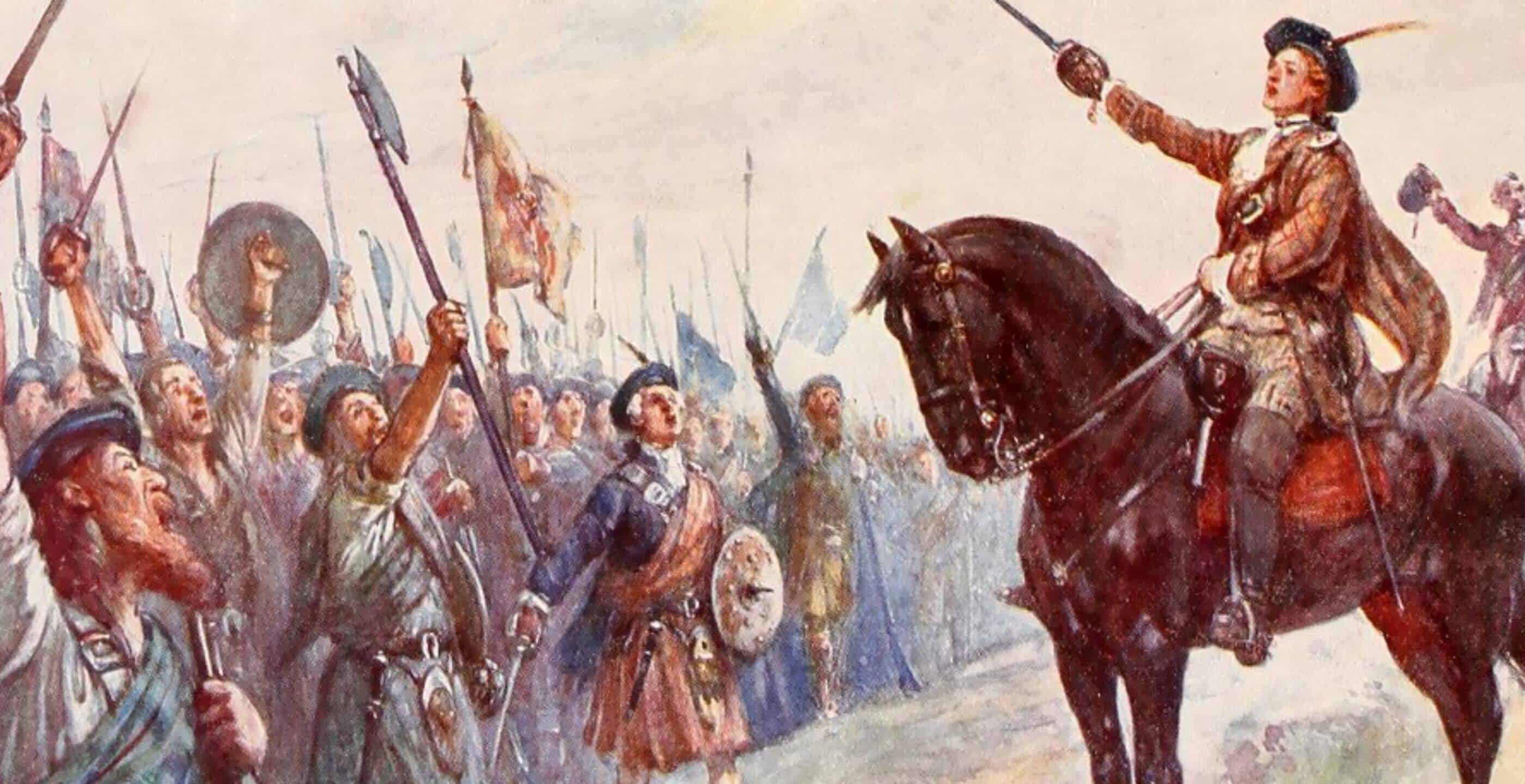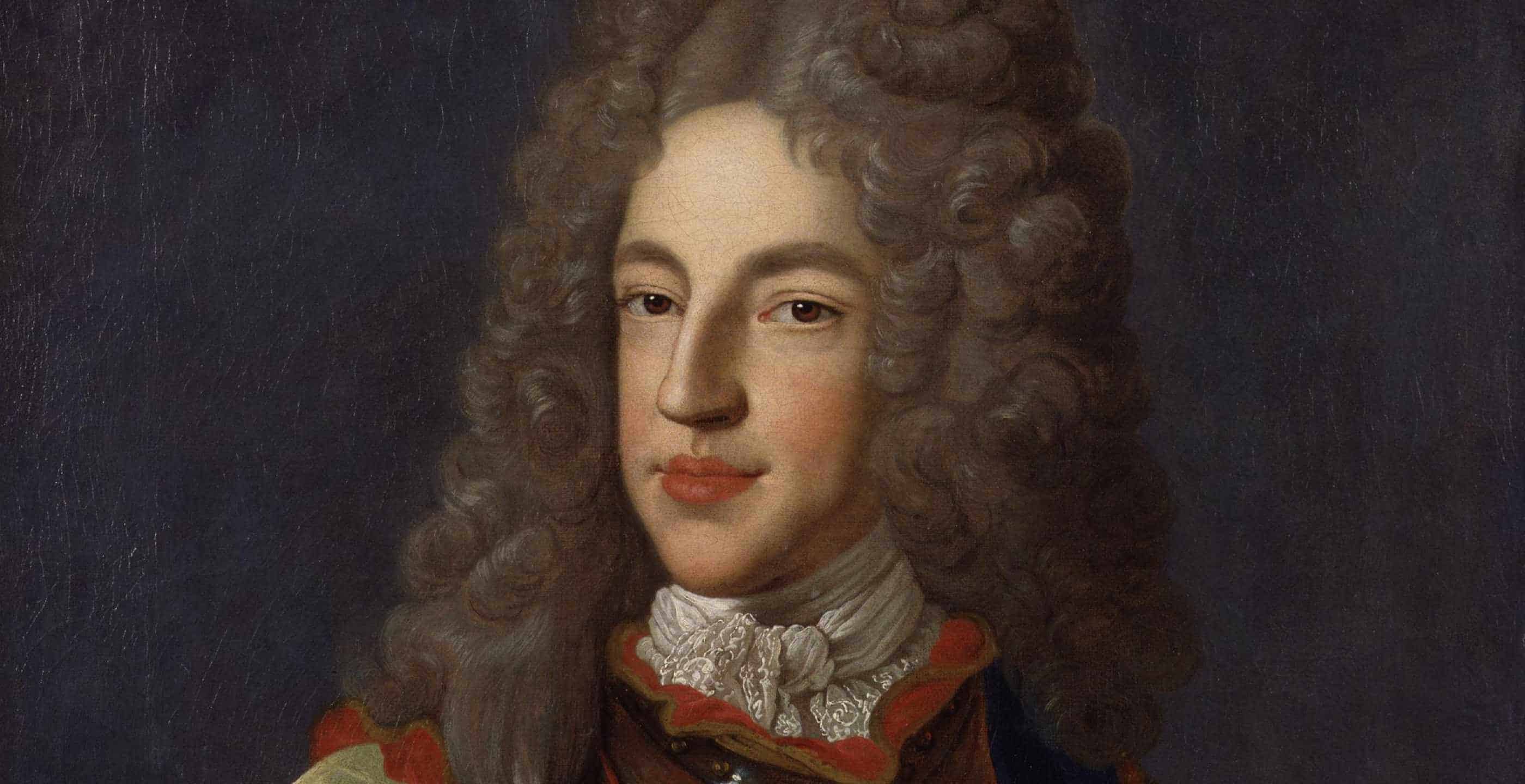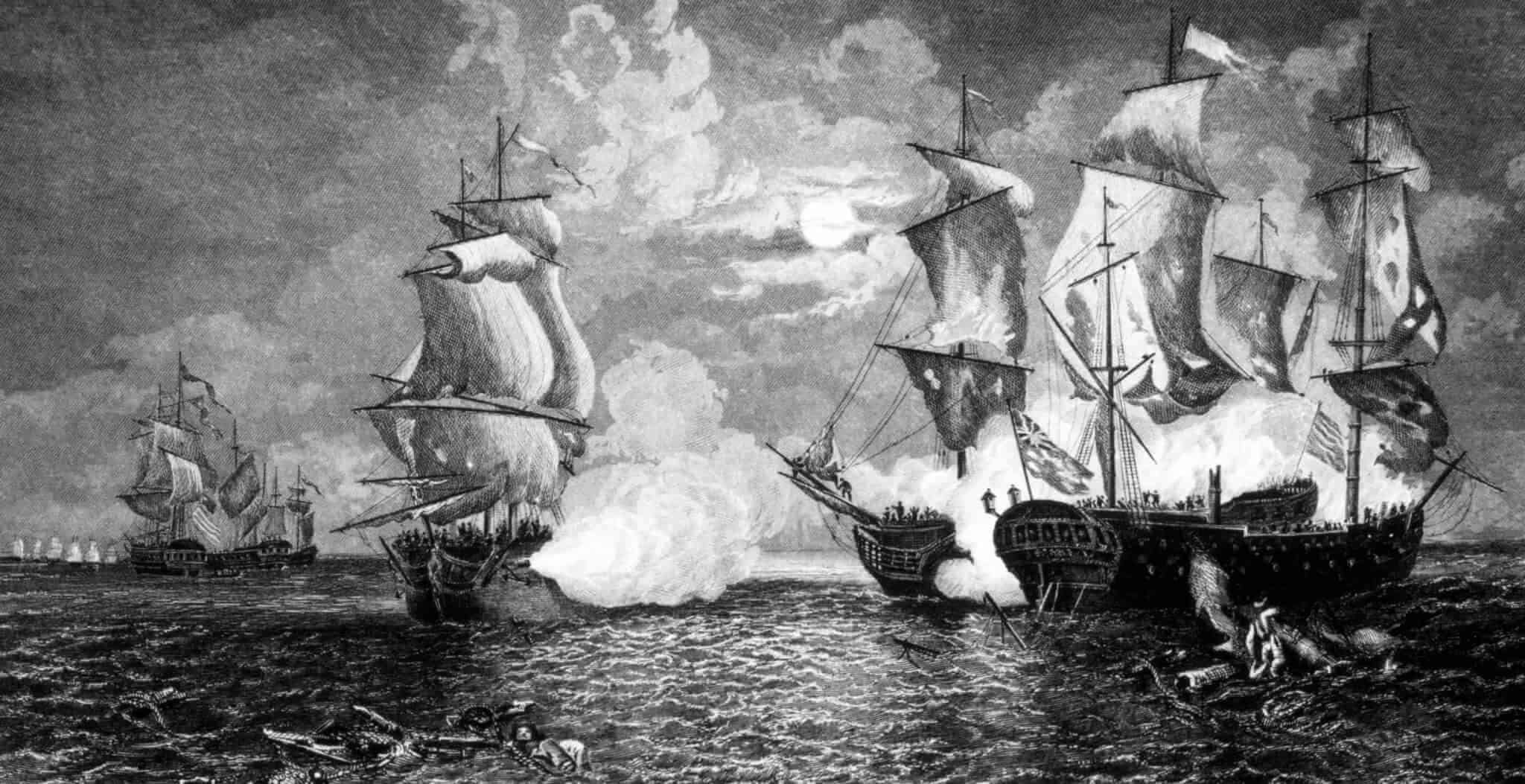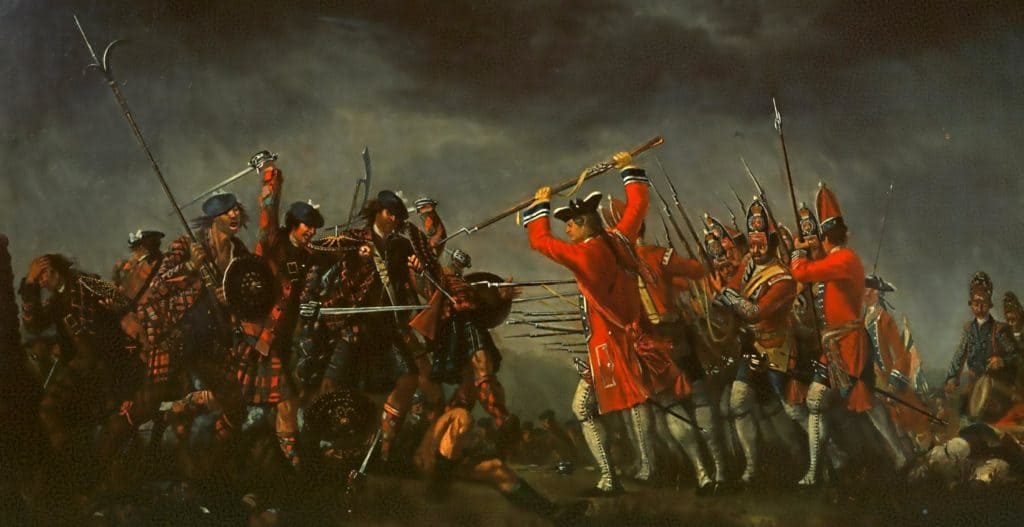The son of King George II and his wife Caroline of Anspach, Prince William Augustus was born in April 1721.
Noble by birth, he was only a child when he received the titles of Duke of Cumberland, Marquess of Berkhampstead, Viscount Trematon and Earl of Kennington. It would be some years later that he was awarded perhaps his most memorable title of Butcher Cumberland, thanks to his role in suppressing the Jacobite Rising.
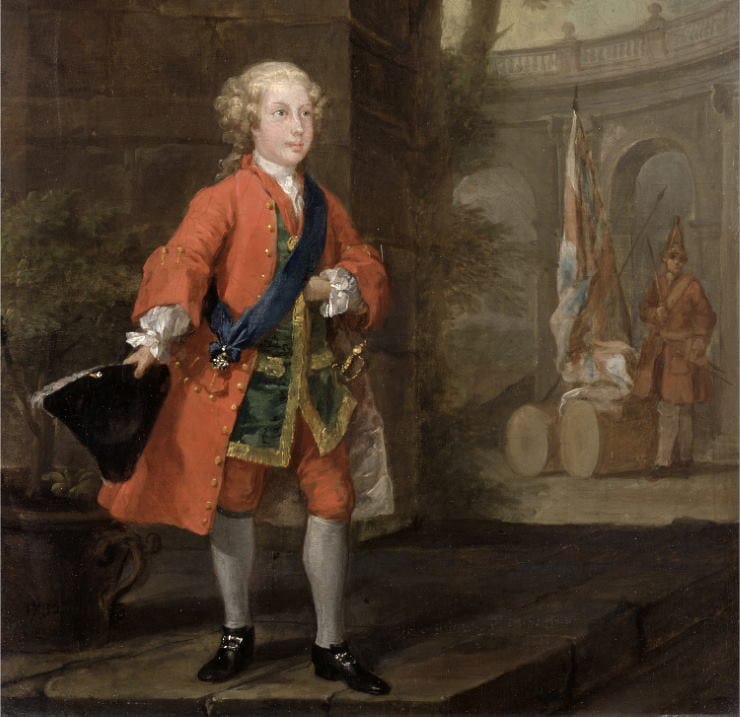
As a youngster, William was favoured greatly by his parents, so much so that his father, King George II even considered him as heir to his throne in place of his older brother.
By the time he was nineteen, the young prince had joined the Royal Navy but later changed his preference to the Army, in which he held the rank of Major General when he was twenty-one years of age.
The following year he served in the Middle East as well as Europe, taking part in the Battle of Dettingen where he was injured and forced to return home. Nevertheless, his involvement earned him applause on his return and he would later be promoted to Lieutenant General.
William was serving in the army at a particularly crucial time in Europe where the vast majority of monarchs across the continent found themselves engaged in conflict. The War of the Austrian Succession was such a battle which embroiled the great powers of Europe and lasted for eight years, beginning in 1740 and concluding in 1748.
The main crux of the issue surrounding such a struggle was the question of whom should be entitled to succeed the Habsburg Monarchy. Upon the death of the Emperor Charles VI, his daughter Maria Theresa was faced with a challenge to her legitimacy. This stemmed from an agreement made by the Emperor whilst he was reigning monarch, in which he decided that his daughter would take precedence as the rightful heir, however even then it was not without contention.
Emperor Charles VI needed the European powers’ approval and this agreement resulted in some difficult negotiations for the king. Nevertheless, it was recognised by the significant powers involved; only thing was, it was not to last.
When he died, a war looked likely to emerge as France, Saxony-Poland, Bavaria, Prussia and Spain defaulted on their promises. Meanwhile, Britain maintained its support for Maria Theresa, along wide the Dutch Republic, Sardinia and Saxony, thus the war of Austrian Succession ensued.
For William, Duke of Cumberland, now aged twenty-four, this meant engaging in important battles and skirmishes such as the Battle of Fontenoy which sadly ended in defeat for the young royal. On 11th May 1745, he found himself as Commander-in-Chief of the British, Dutch, Hanoverian and Austrian alliance, despite his lack of experience.
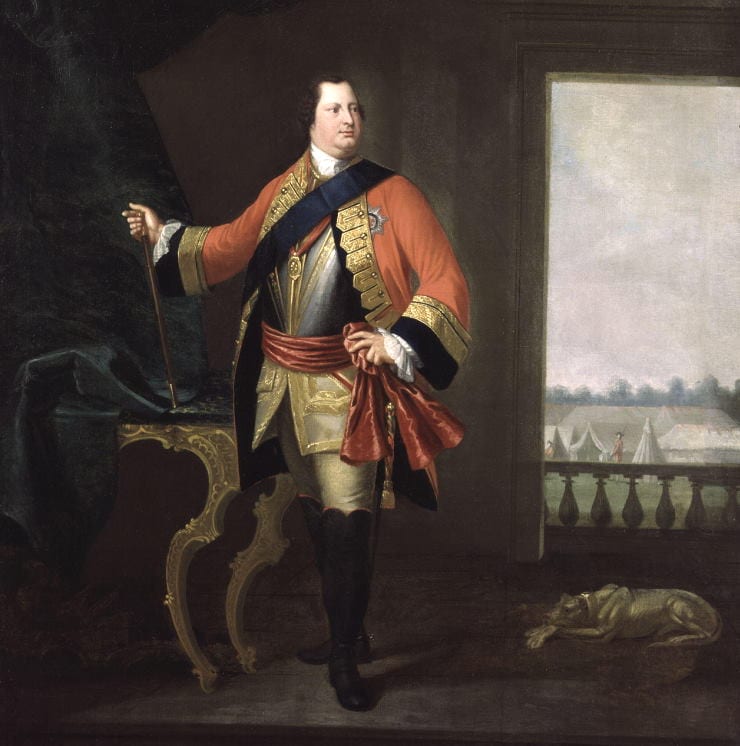
Cumberland chose to advance on the town which had been besieged by the French, led by their commander Marshal Saxe. Sadly for Cumberland and his allied forces, the French had chosen the location wisely and placed French troops in the forest close by, with marksmen ready to attack.
Strategically, Cumberland made a poor decision when he chose to ignore the forest and the threat it might pose, instead focusing on the main French army at its epicentre. The soldiers engaged in battle valiantly and the Anglo-Hanoverian forces launched their attack. Ultimately Cumberland and his men were forced to retreat.
This would later draw criticism from many. The military loss was felt keenly: Cumberland did not have the experience or the expertise to win and Saxe had simply outperformed him.
The fallout of the battle resulted in Cumberland’s retreat to Brussels and the eventual fall of the towns of Ghent, Ostend and Bruges. Whilst his courage was notable it was not enough against the might and military prowess of the French. His decision to ignore advice, not engage the cavalry to its full capacity and a string of strategic failures cost Cumberland and his side.
Nevertheless, conflict back at home beckoned Cumberland as the pressing concerns emerging from the Jacobite Rising looked set to dominate Britain. The conflict itself sprung from another issue of inheritance, this time relating to Charles Edward Stuart who sought to return the throne to his father, James Francis Edward Stuart.
The Jacobite Rising was a rebellion fought between those who supported “Bonnie Prince Charlie” and his claim to the throne, against the Royal Army which backed and represented George II, the Hanoverian dynasty.
The Jacobites were mainly Scottish, supporters of the Catholic James VII and his claim to the throne. Thus, in 1745 Charles Edward Stuart launched his campaign in the Scottish Highlands at Glenfinnan.
Over the course of a year, the rebellion was marked by several battles which included the Battle of Prestonpans which was won by the Jacobite forces.
Later at Falkirk Muir in January 1746 the Jacobites were successful in fending off the Royal forces led by Lieutenant General Hawley, in the absence of the Duke of Cumberland, who had returned south to secure England’s coastline from the overseas threat still looming from across the continent.
Whilst the Jacobites had proved successful in this battle, overall it did little to improve the outcome of their campaign. With a lack of strategic organisation stunting their progress, Charles’s rebellion was faced with one final test, the Battle of Culloden.
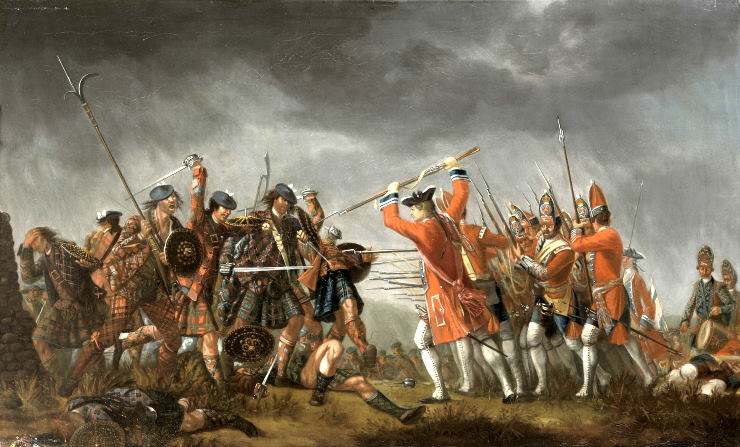
Upon hearing the news of Hawley’s loss at Falkirk Muir, Cumberland saw fit to head north once more, arriving in Edinburgh in January 1746.
Not happy to rush matters, Cumberland chose to spend time in Aberdeen preparing his troops for the tactics they would be faced with, including the highland charge of the Jacobites.
A few months later, well-trained and re-grouped, the Royal forces set off from Aberdeen to meet their opponents at Inverness. Eventually the stage was set; on 16th April the two forces met at Culloden Moor, a battle which looked set to determine an important victory for Cumberland and thus ensure the security of the Hanoverian dynasty.
Cumberland secured this victory with a determination and fervour made all the more extreme by his desire to put an end to the Jacobite uprisings which had for so long dominated this period. His zeal was compounded by the simple fact that he had a massive stake in the outcome. As part of the Hanoverian dynasty, the success of the battle would be pivotal in securing his own future.
The battle to end all battles thus commenced, spurred on by the delivery of news from the Jacobite camp which looked to enrage the Royal forces and cement their burning desire for victory. Thanks in part to an intercepted order from enemy lines, a piece of tampered information from the Jacobites stated that “No quarter was to be given”, therefore, the Royal forces believed that their enemies were ordered to show them no mercy.
With the Royal troops desirably stirred up for the occasion, Cumberland’s plan for victory was falling in to place. On this fateful day, he and his men would commit large scale atrocities on and off the battlefield, killing and wounding not only the Jacobite forces but also those who retreated, as well as innocent bystanders.
The bloodthirsty campaign to finish the Jacobites did not end on the battlefield. Whilst securing his victory, Cumberland gave orders from his headquarters, sending out several contingents of troops, backed by the Royal Navy.
The instructions were to effectively wipe-out and destroy any semblance of life in the Highlands, in what could be described as a genocide of sorts, played out by Royal soldiers setting alight to homes, murdering, imprisoning and raping as they meticulously carried out their instructions.
This methodical approach to finishing the Jacobite cause even extended to the economy, making sure to round up the 20,000 cattle which sustained the community and moving them south. These clinical tactics made sure that the Highland community was effectively crushed physically, economically and spiritually.
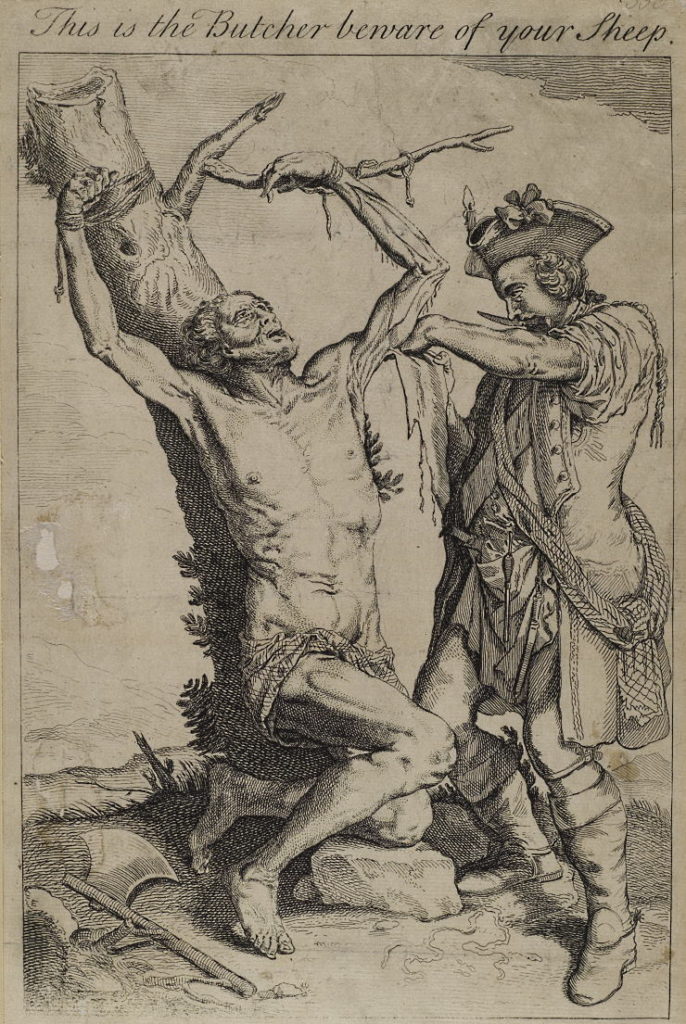
It is for this reason that William, Duke of Cumberland became known by his new title, “Butcher Cumberland”. The barbarous tactics whilst vilified in the Highlands were better received elsewhere, particularly in the Lowlands where there was no love lost for the Jacobites. Instead, the people of the Lowlands sought to reward Cumberland for bringing the rebellion to an end, offering him the Chancellorship of Aberdeen and St Andrew’s University.
The secured defeat of the Jacobites by Cumberland was appreciated in the Lowlands whilst further south in London, a special anthem was produced by Handel in honour of his success.
Despite the better reception outside of the Highlands, Cumberland failed to shake off the new reputation he had acquired and his image even south of the Scottish border took a battering. ‘Butcher Cumberland’ was a name that stuck.
He held on to this unwanted sobriquet whilst he continued to serve in the Seven Years’ War, failing as he did to protect Hanover from the French.
In the end, Prince William Augustus died in London in 1765 aged forty-four, not to be remembered fondly. His name, ‘Butcher Cumberland’ was etched into people’s memories as well as the history books.
Jessica Brain is a freelance writer specialising in history. Based in Kent and a lover of all things historical.
